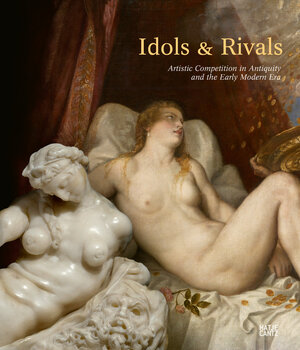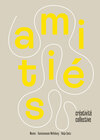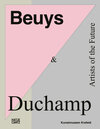
Idols & Rivals
Artistic Competition in Antiquity and the Early Modern Era
herausgegeben von Gudrun SwobodaCompetition is one of the driving forces of our time – everything can suddenly turn into a challenge or a contest. Art, on the other hand – that is outside the art market – can be seen as a free space in which something genuinely unique emerges. That this construct is a historical exception is revealed by a fresh look at the early modern period: Here, the principle of competition was thought to be decisive for artistic work. What is more, the competitive habitus of imitation, competition and surpassing – imitatio, aemulatio and superatio – was supposed to bring about cultural progress as such. Even Leonardo knew that “good envy” spurs high performance. Hence, some of the most famous works of the Renaissance and Baroque periods emerged from the competitive battles that artists in early modern Europe fought among themselves, as well as with long-dead models from antiquity. This splendid catalogue reveals mutual inspiration and cooperation, but also sheds light on the dark side of competition for prestigious commissions – envy, intrigue, and slander.






















